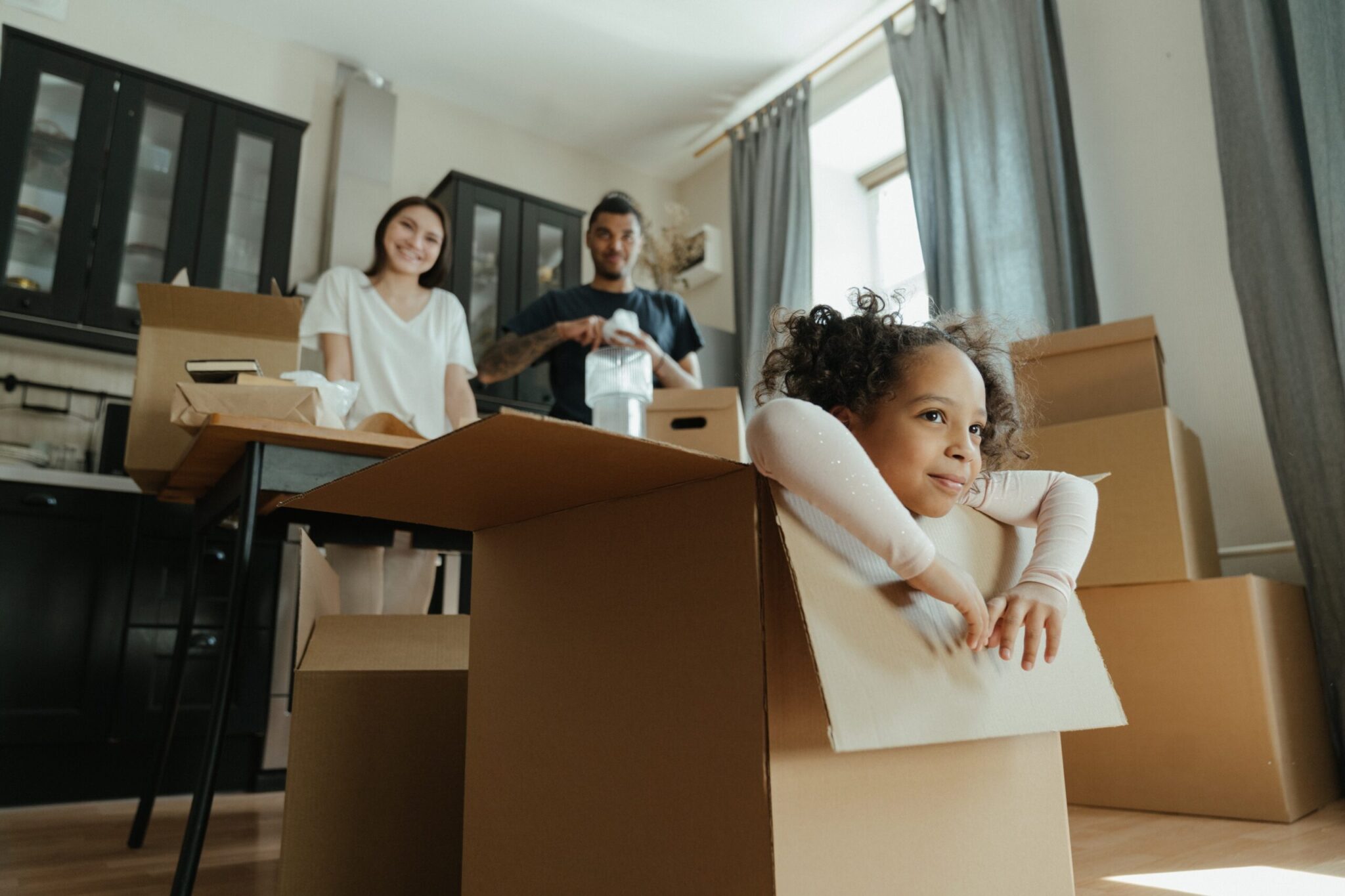
Priced-out city first-home buyers turn to ‘rentvesting’ in regional markets
Desperate first-home hopefuls locked out of expensive capital cities are renting in the city and investing in more affordable regional property markets.
Stunning major-city price growth has caught out many buyers, quickly leaving them behind since the market began to bounce back last year.
The recovery has continued this year with the strongest pace of growth for years. Sydney property values jumped 2.5 per cent and Melbourne rose 2.1 per cent in February alone, on CoreLogic data.
As a result, many potential first-home buyers have been priced out of their dream suburbs despite reasonable borrowing power and good deposits – which, in an ultra-low interest rate environment, are all but collecting dust in the bank.
It has prompted many first-home buyers in the past six months to reconsider “rentvesting”, BFP Property Buyers founder and principal Ben Plohl said – parking their money in an investment property while they continue to rent in their desired location.
In one instance, a first-home buyer with a $1 million budget struggled to find a suitable two-bedroom apartment on Sydney’s lower north shore.
“Unfortunately, given the market has run away from some people, we’ve said unfortunately you can’t get into the suburb or pocket where you rent now,” Mr Plohl said.
That buyer has since split their $1 million budget into two regional markets with plans to buy a property in Albury-Wodonga and another in Bendigo.
While it is unlikely they will cash out of those markets anytime soon, the plan is to build a property portfolio in locations with strong rental yields and capital growth potential to eventually buy back into Sydney, Mr Plohl said.
Another first-home buyer on the Central Coast with a budget of $550,000 decided to rentvest in Newcastle after being priced out of the one-bedroom apartment market in Sydney’s inner west.
Instead they purchased a three-bedroom house on a 600-square-metre block in Maryland, 14 kilometres west of Newcastle’s CBD, which Mr Plohl said had already seen some price growth.
These buyers are not alone, with a third of Gen Zs wanting the ability to work and rent in the city while still owning an investment property in a holiday town, according to ING Australia research that surveyed more than 1000 Australians.
The survey also highlighted top reasons to invest in property, with 40 per cent of Australians wanting to safeguard their future or their family’s future, while 37 per cent were motivated by low interest rates and a similar number wanted extra income.
Melbourne first-home buyers are also turning to rentvesting after struggling to get onto the property ladder in the city, with Victoria’s housing market taking off since restrictions eased both in the capital and surrounding regional markets.
“Through COVID [regional markets] have outperformed metro cities so a lot of people are getting their cake and eating it too,” said Cate Bakos, president of the Real Estate Buyers Agents Association of Australia.
In a low-interest-rate environment many buyers are able to yield a strong rental return that will cover mortgage repayments or even deliver some positive income, Ms Bakos said.
One Melburnian bought a house in Grovedale, Geelong, for $451,000 as an investment property after being priced out of Boronia, which had a median house price of $700,000 over the 12 months to December 2020 on Domain data.
“They’re hoping to improve the property with a bit of elbow grease, get the rent up and work on the property to pay itself down,” Ms Bakos said. “When they have a bit of equity they will tap into that and buy a home in Melbourne.”
Buyers were cautioned not to expect short-term gains in regional markets, Ms Bakos said, despite recent performance, because rentvesting was better suited to buying and holding for a longer period.
Streamline Property Buyers managing director Melinda Jennison said she had received dozens of inquiries from first-home buyers in Sydney and Melbourne hoping to buy in Brisbane.
“We get about 10 to 15 inquiries every week because they’re priced out of Sydney and Melbourne,” Ms Jennison said.
One Sydney buyer was hoping to purchase an entry-level three-bedroom house in Brisbane along a transport line for about $600,000 with a predicted growth of 20 to 30 per cent in the next five years in Brisbane, Ms Jennison said, yet was facing strong competition.
“That’s over $150,000 of equity growth … that’s more than the client can save themselves. At least their money is working harder for them by parking their money in property while they continue to save.”
ANZ has revised its forecast expecting Brisbane house prices to rise by 16 per cent by year’s end but Finder’s senior editor for home loans Sarah Megginson said buyers needed to be wary of the fluctuating property cycle.
“The goal of rentvesting is to buy an asset that appreciates in value over time, so you can use the profits to one day buy your own home. But, there is the risk that you’ll buy an investment property that doesn’t grow in value,” Ms Megginson said.
“We’re not out of the water with COVID-19 just yet, and there is still potential for future market volatility – all it would take is another outbreak and extended lockdown or economic slump to see market conditions shift really sharply.”
Source: domain.com.au/news